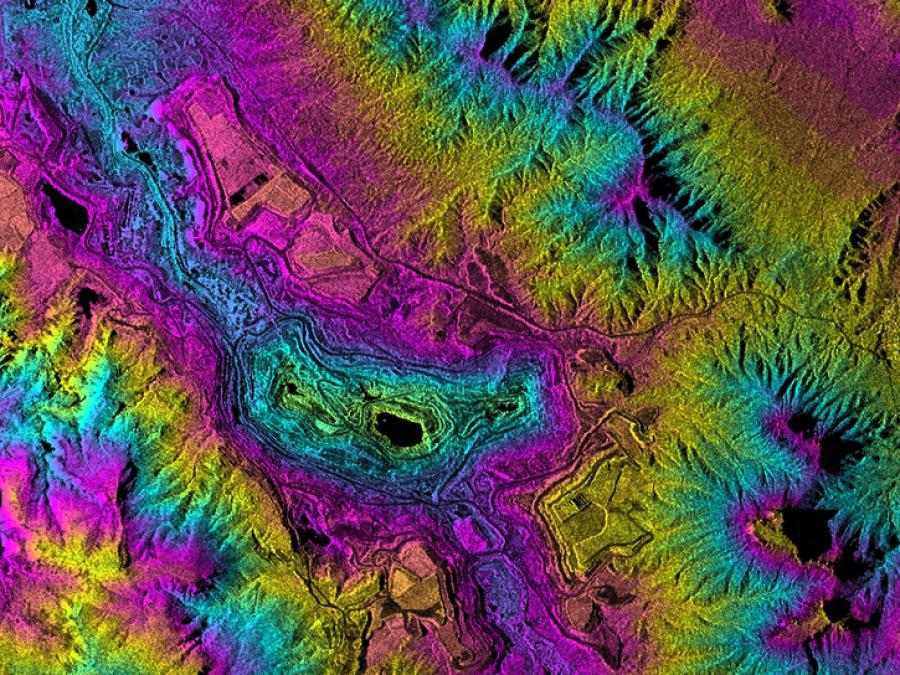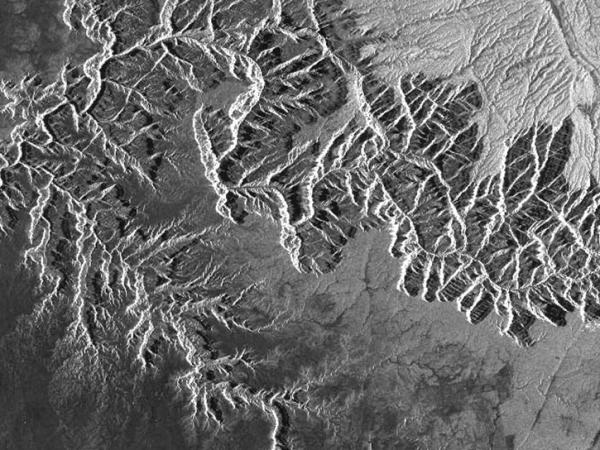Data archived by ASF DAAC are or have been supplied by SAR instruments on many different space-based and air-based platforms, including:
- NASA’s Soil Moisture Active Passive (SMAP), Airborne Synthetic Aperture Radar (AIRSAR), Uninhabited Aerial Vehicle Synthetic Aperture Radar (UAVSAR), Spaceborne Imaging Radar-C (SIR-C), and Seasat
- ESA (European Space Agency) Sentinel-1, European Remote Sensing Satellite (ERS) 1 and 2 (ERS-1 and ERS-2)
- Japan Aerospace Exploration Agency (JAXA) Japanese Earth Resources Satellite (JERS-1) and Advanced Land Observing Satellite (ALOS)
- Canadian Space Agency (CSA) RADARSAT-1
ASF DAAC is the data hub for the upcoming NISAR mission. NASA, in partnership with the Indian Space Research Organization (ISRO), has developed the NASA-ISRO SAR (NISAR) platform to measure changes on Earth’s surface with unprecedented precision.



